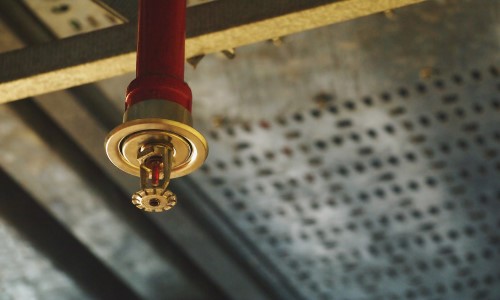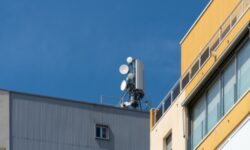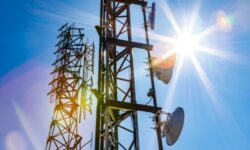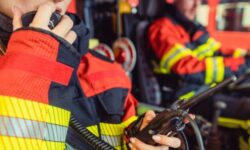Proposed NFPA 13 Updates’ Impact on How Fire Sprinklers, Systems Interact
Fire and life-safety expert Shane Clary reviews proposed changes to NFPA 13, Standard for the Installation of Sprinkler Systems.

While the majority of my articles have been on the topic of fire detection and alarms, I have in the past covered other forms of fire protection, including suppression. This article shall be on automatic fire sprinkler systems and NFPA 13, Standard for the Installation of Sprinkler Systems.
While I primarily work within the detection field, I am licensed in two states as the qualifier for the contracting of fire suppression systems, including those that are covered under NFPA 13. There is no more “fun” than having to calculate a sprinkler system manually rather than through the use of computer program.
For those strictly in the fire alarm business, you should still have a copy of the NFPA 13 edition that is enforced in the area you work within. Throughout this document are various requirements for the interconnection to alarm systems.
NFPA 13 is on the same cycle as NFPA 72, The National Fire Alarm and Signaling Code. The next edition of NFPA 13 will be acted upon in 2021 and like NFPA 72, will be the 2022 edition.
While the closing date for public comments has come and gone, there are a number of proposed changes to the 2022 edition of NFPA 13 that if they remain through the final adopted version, will have some impact on how a fire sprinkler system and fire alarm system interact.
A new paragraph 4.5.1.1 within the chapter on general requirements is being proposed:
Where sprinkler systems utilize electronically supervised control valves monitored in accordance with 16.9.3.3.1(1) the maximum floor areas in 4.5.1 shall be permitted to be increased by 25 percent.
The technical committee received four public inputs in regard to this. The technical committee agreed that, by having the control valves supervised by an alarm system, reliability is increased in that there will be greater accountability to restore the system to service in a timely manner. This is in keeping with the fact that the majority of sprinkler system failures occur due to the water supply being shut down.
Paragraph 5.2.4.1.3 within Chapter 5, Water Supplies, is being amended to require that a pressure tank that is the sole supply of water shall be interconnected to a building alarm system, should the building have an alarm system installed within. The pressure tank shall be monitored as a supervisory device.
The original text was that these tanks have “an approved trouble signal.” The technical committee determined that “trouble signal” was not defined within NFPA 13 and that a low water level is a supervisory condition.
Within the next edition of NFPA 13, while NFPA 72 will be referenced as the primary fire alarm code or standard, the additional phase “or other approved fire alarm code” is being inserted. This is being done as NFPA 13 becomes an international standard, it may be adopted by countries that have another fire alarm code adopted. This change would not tie those countries down to having to adopt NFPA 72 as well.
Within Chapter 8, System Types and Requirements, a new section 8.2.6.7.2 is being proposed for the supervision of high and low air pressure within a dry pipe sprinkler system. Both the high- and low-pressure trip points for a supervisory signal shall be set at a minimum of 5 psi.
Notification of these conditions may be either through an audible signal that will be heard by the building maintenance staff or by connection as a supervisory device to the building’s fire alarm system. This has been a requirement that has been part of NFPA 72, but now it will also be found within NFPA 13.
In closing, buildings should have both a fire suppression and fire detection system installed within for a balanced approach. The Automatic Fire Alarm Association (AFAA) and the National Fire Sprinkler Association (NFSA) have been working together for the past several years to find mutual ground within both disciplines.
Fire detection provides early detection and supervision of the fire suppression system. A sprinkler system provides early suppression and control before emergency forces arrive.
If you enjoyed this article and want to receive more valuable industry content like this, click here to sign up for our FREE digital newsletters!

Security Is Our Business, Too
For professionals who recommend, buy and install all types of electronic security equipment, a free subscription to Commercial Integrator + Security Sales & Integration is like having a consultant on call. You’ll find an ideal balance of technology and business coverage, with installation tips and techniques for products and updates on how to add to your bottom line.
A FREE subscription to the top resource for security and integration industry will prove to be invaluable.














